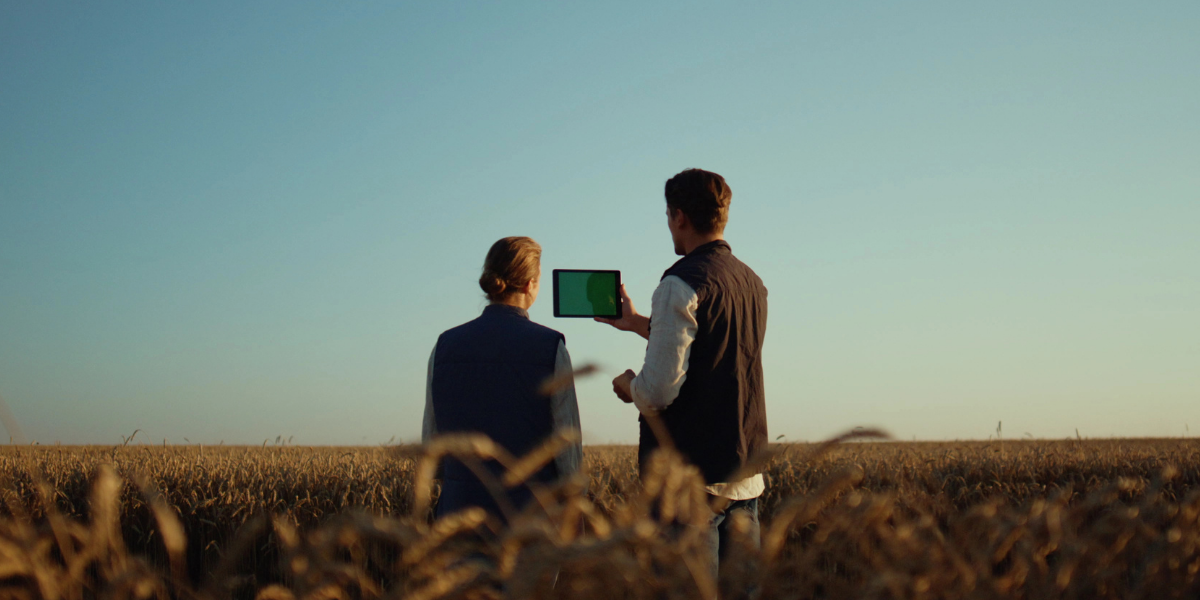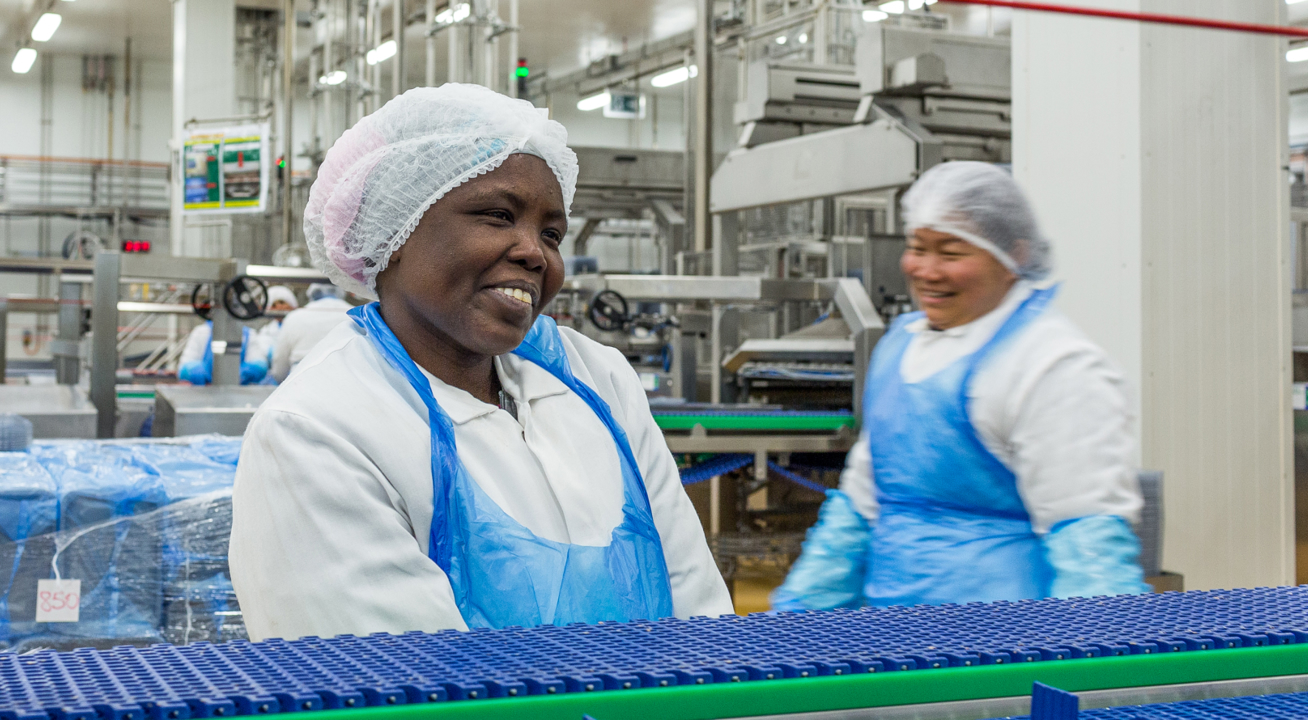In the first of a new series from Foods Connected, our specialist Mike McCarthy analyses the current trends driving a record beef market.
Last week, AHDB released its latest analysis of the retail market for red meat sales in the UK. The figures made for interesting reading, that prompted as many questions as it did answers.
On the whole, total red meat sales across the UK stood at just over £3 billion for the 12 week period to the 15th July, which is up just over 4% compared to the same period last year.
Of this total, beef was the strongest performing category of the red meat retail market, with sales during the 12 weeks to the 15th July up more than 6% year on year to just over £1.2 billion. Lamb sales increased 4% year on year to £239 million, while pork sales increased more than 2% to £1.6 billion.
On the face of it, this seems like a positive story for the meat industry. Yet the underlying trends are somewhat worrying. The increase in overall sales for the period is simply driven by the ongoing price inflation in the market, particularly for beef, which has covered up a year-on-year decline in sales volumes.
Overall beef sales volumes are down almost 4% in the 12 week period to the 15th July, with sales volumes of primary beef down 4.5%, steaks down 10% and mince falling by 4.5%. The only positive was a 7% increase in roast beef sales volumes, which was attributed to strong demand over the Easter season.

Overall, the latest figures from the AHDB show the average consumer price of beef now stands at £9.65/kg – up 10% year on year. A trend of falling sales volumes suggests consumers may be hitting an inflection point in terms of price sensitivity and affordability for beef that is at record price levels.
So what has happened in the past year that the beef market has found itself in this scenario? And what does it mean for the wider meat industry as we move into the second half of 2025?
Overview: beef price trends
The surge in beef prices to record highs in 2025 is essentially a story of supply and demand across most large beef producing regions.
In Ireland, just under 900,000 head of cattle have been slaughtered in the first six months of the year, according to figures from the Department of Agriculture, which is down 1% compared to the same period last year.
At the same time. a similar trend has emerged in the UK where the cattle kill is down almost 5% in the first half of the year as supplies remain tight, while beef production in key European countries such as France, Germany and the Netherlands is also down between 5% and 10% so far this year.
The tighter supply of beef across Europe, combined with steady consumer demand, has led to the record farmgate prices that have defined the beef industry so far in 2025. Even in the US market, which is one of the powerhouses of global beef production, supply has contracted sharply this year driving prices higher and higher for farmers.
The latest inventories published by the US Department of Agriculture show the supply of cattle for slaughtering is at its lowest level in 73 years, which has pushed US beef prices, both for farmers and the end consumers, to all-time record highs in recent months.
And with US President Donald Trump instituting bans on cattle imports from Mexico already this year, there is no suggestion the supply glut will ease anytime soon in the world’s largest market.

Contributing factors
Several forces are combining to push beef prices higher. First, rising production costs are squeezing farmers. The price of fuel and animal feed has soared, cutting into already thin margins. Fertiliser prices, too, have climbed sharply over years with a tonne of fertiliser costing €100 more than it did a decade ago. Global supply chain disruptions, the war in Ukraine, and energy cost spikes have all contributed to the increase in costs.
Disease outbreaks have also reduced supply in parts of Europe. Earlier this year, cases of Foot and Mouth Disease (FMD) in Germany, Slovakia, and Hungary led to mass culls. On one farm in northern Hungary alone, 3,000 cattle were culled earlier this year.
Implications for the meat industry
The surge in beef prices is being felt all along the supply chain.
The cost of striploin steak is up more than €5 per kilogram in the past year. It now costs €28.63 per kg, up from €23.37 since June last year. An increase of €5.26, or 22.5% in just 12 months. Diced beef is now €13.26 per kg, a rise €2.42, or 22%, in the past year.
As we have seen throughout the inflation crisis, households faced with higher prices must either absorb the higher cost of living or switch to cheaper proteins like chicken and pork.

Restaurants and cafes are also feeling the strain. In Ireland, the Restaurants Association (RAI) has warned that premium cuts such as striploin, ribeye, and fillet may soon cost €50 a plate or disappear from menus altogether. Rising energy, labour, and wholesale costs mean many food businesses are rethinking their offerings.
Processors and retailers are facing procurement challenges of their own. Securing consistent volumes of cattle at sustainable prices has become harder as competition intensifies, especially with European and UK buyers looking to Ireland to fill their own supply gaps.
What's next for beef prices?
Looking ahead, it is expected beef prices will remain high throughout the rest of 2025. While the proposed EU-Mercosur trade agreement could eventually bring more South American beef into European markets creating potential price competition for Irish farmers, the strict EU environmental and food safety standards mean its impact may not be immediate.
For farmers, the current market presents an opportunity to benefit from high prices but rising input costs, unpredictable weather or a panzootic outbreak could quickly change the market. For consumers and businesses, beef may increasingly be viewed as a premium product, and something eaten on special occasions rather than everyday meals.
Foods Connected's award-winning cloud-based software helps processors, retailers and food service providers around the globe optimise meat sales, production and procurement. Book a demo to see how it works:
.jpg)
Mike McCarthy
Mike McCarthy is Head of Supply Chain & Procurement at Foods Connected. With over 20 years of experience in the red meat industry, he has worked across all the sectors, from boning halls, production and sales, to strategic global market development. He has extensive experience across the EU, UK and North American markets, and has worked with some of the world’s largest meat processors, Global QSR chains and Retailers.
Stay up to date
Stay up to date
Browse Posts
- December 2025
- November 2025
- October 2025
- September 2025
- August 2025
- July 2025
- June 2025
- May 2025
- April 2025
- March 2025
- February 2025
- January 2025
- December 2024
- November 2024
- October 2024
- September 2024
- August 2024
- July 2024
- June 2024
- May 2024
- April 2024
- March 2024
- February 2024
- January 2024
- December 2023
- November 2023
- October 2023
- September 2023
- August 2023
- July 2023
- June 2023
- May 2023
- April 2023
- March 2023
- December 2022
- November 2022
- October 2022
- September 2022
- August 2022
- July 2022
- June 2022
- May 2022
- April 2022
- March 2022
- February 2022
- January 2022
- December 2021
- November 2021
- October 2021
- August 2021
/Blog%20Headers/Analysis%20Why%20beef%20prices%20are%20at%20record%20highs.jpg)

/Blog%20Headers/shutterstock_1927957907%20(1).jpg)
/Blog%20Headers/shutterstock_1845178195%20(2).jpg)
/Blog%20Headers/shutterstock_2133827717%20(1).jpg)
/Blog%20Headers/shutterstock_2473376713.jpg)
/Blog%20Headers/shutterstock_2247276303.jpg)
.png)
.png)



/1.%20HubSpot%20Images/procurement%20forecasting%20tool%20ipad%2022-1.png)
/Blog%20Headers/shutterstock_1592231437.jpg)
.png)
/Blog%20Headers/Whitbread%20CS%20Blog%20Header.jpg)
.png)
/Blog%20Headers/shutterstock_1550290670.jpg)

/Blog%20Headers/Maria%20Castanheira-large%20(1).jpg)
